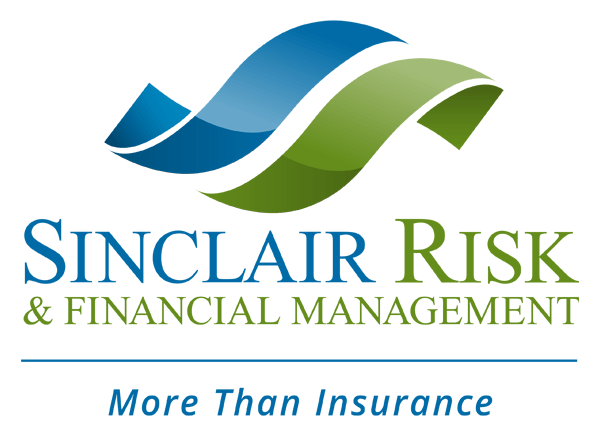2016 is expected to be a strong, steady year of growth in the construction industry, with the 2016 Dodge Construction Outlook predicting that the U.S. construction starts for 2016 will rise 6% to $712 billion. This environment is expected to be supported by the U.S. economy, with relaxed lending standards and support from state and local construction bond measures. And while the Federal Reserve increased short-term interest rates by 0.25% at the end of 2015 for the first time since the financial crisis, long-term rates are expected to rise more gradually.
With spring’s busy season right around the corner, there are several trends that industry experts are also watching, including the overwhelming issue of a lack of access to skilled labor. The combination of layoffs during the economic downturn along with a slowdown in immigration is contributing to the industry’s skilled worker shortage. This talent deficit is only worsened by the industry’s struggle to appeal to the younger, more tech savvy workforce during a time that a large number of baby boomers are retiring and companies need skilled workers at all levels.
In addition, while the outlook is good for the construction industry, businesses are facing a competitive landscape and increasing customer expectations for a quality job to be done on time and on budget with limited resources. More and more businesses are facing a variety of risks associated with this environment, such as claims of faulty workmanship, design errors or omissions and the use of defective materials and products.
These types of claims are challenging because they can result from a number of factors and can occur years after a project is completed. They can also be devastating to a business that may have a commercial general liability policy, which would cover property damages resulting from accidents or occurrences, but may not be protected against claims of faulty workmanship. If you provide construction services, install products during your construction services, provide in-house design or engineering services (or subcontract design services out) and perform the construction, you are at risk.
Many businesses choose to protect themselves with Errors and Omissions coverage. Essentially, Errors & Omissions coverage provides protection for you in the event that an error or omission on your part has caused a financial loss for your client.
Regardless of how well a business is run, mistakes, errors and omissions occur and even unfounded allegations can costs thousands of dollars in defense. Additionally, even false claims can damage a company’s reputation and impact profitability. So how do you protect your company and reputation? Work with a trusted risk management partner that will take the time to understand your business and particular challenges and help put together the right coverage for you.


